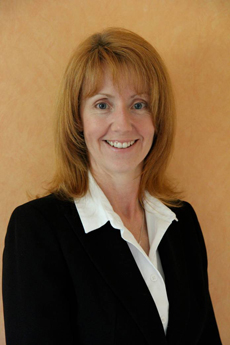Apr 30 2014
Professor Carole Mundell, who leads the Gamma Ray Burst group at the Astrophysics Research Institute, recently visited the Harvard-Smithsonian Centre for Astrophysics, where she gave a series of presentations describing her group's research and spent time meeting faculty, postdocs and students in Harvard's Institute for Theory and Computation.
 Professor Carole Mundell
Professor Carole Mundell
The Harvard-Smithsonian Center for Astrophysics combines the resources and research facilities of the Harvard College Observatory and the Smithsonian Astrophysical Observatory under a single director to pursue studies of those basic physical processes that determine the nature and evolution of the universe.
Professor Mundell commented:
"It was a great honour to be invited to speak and share our results with a wide range of leading astrophysicists. There was much interest in our recent discovery of polarised light from a distant gamma ray burst using the Liverpool Telescope and we are developing new scientific collaborations between our respective Universities."
In the first of three talks, Professor Mundell presented the current scientific thinking on a newly discovered class of Gamma Ray Bursts termed 'Ultra-long Gamma Ray Bursts' due to their impressively long and energetic production of the highest energy light. The talk was based on work lead by ARI's postdoctoral researcher, Dr Francisco Vigili in a recent paper testing whether these fascinating objects could be a new emerging class of astrophysical phenomena.
In her colloquium "The Transient Explosive Universe", Professor Mundell presented her team's wider Gamma Ray Burst programme and highlighted the unique contribution being made by the robust engineering of the fully autonomous robotic Liverpool Telescope and the novel instrumentation built by scientists and engineers at the Astrophysics Research Institute, most notably the RINGO polarimeters.
"Currently, there is no polarimeter to rival RINGO3," said Professor Mundell. "We would like to build more and increase our capabilities of catching the early light from these immense explosions. Polarisation measurements open a new dimension for probing cosmic magnetic fields directly."
To finish, Professor Mundell gave a lunch talk presenting the work of two LJMU ex-postgraduate students, Dr Gaelle Dumas and Dr Paul Westoby, on the role of the dynamics of gas and stars in galaxies hosting over-fed, or active supermassive black holes.
For further information about the Harvard-Smithsonian Center for Astrophysics (CfA) please visit: http://www.cfa.harvard.edu/